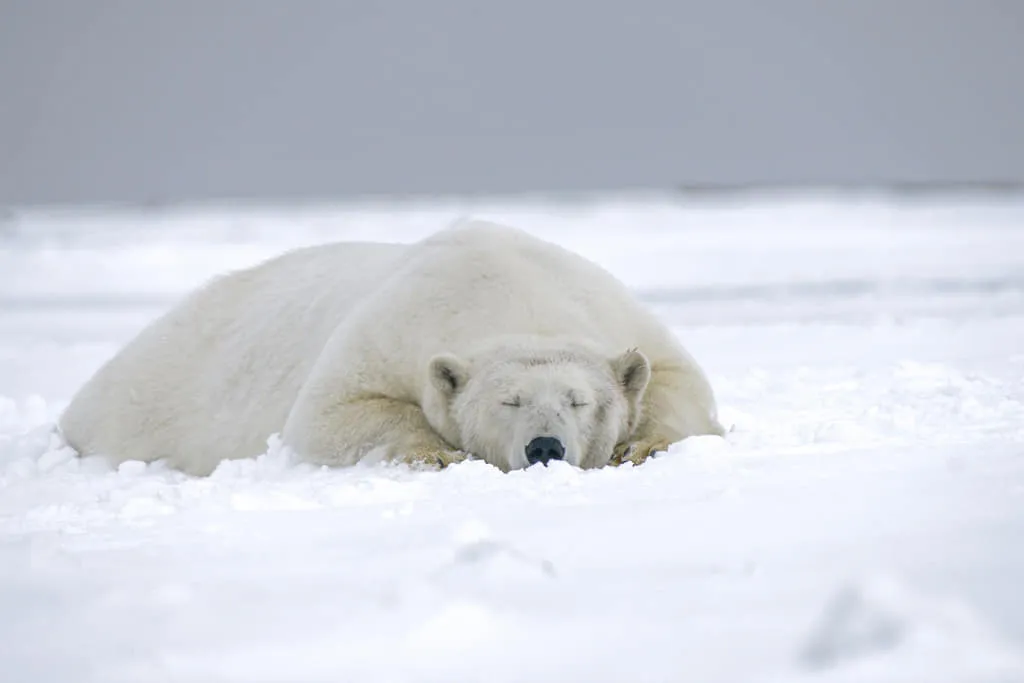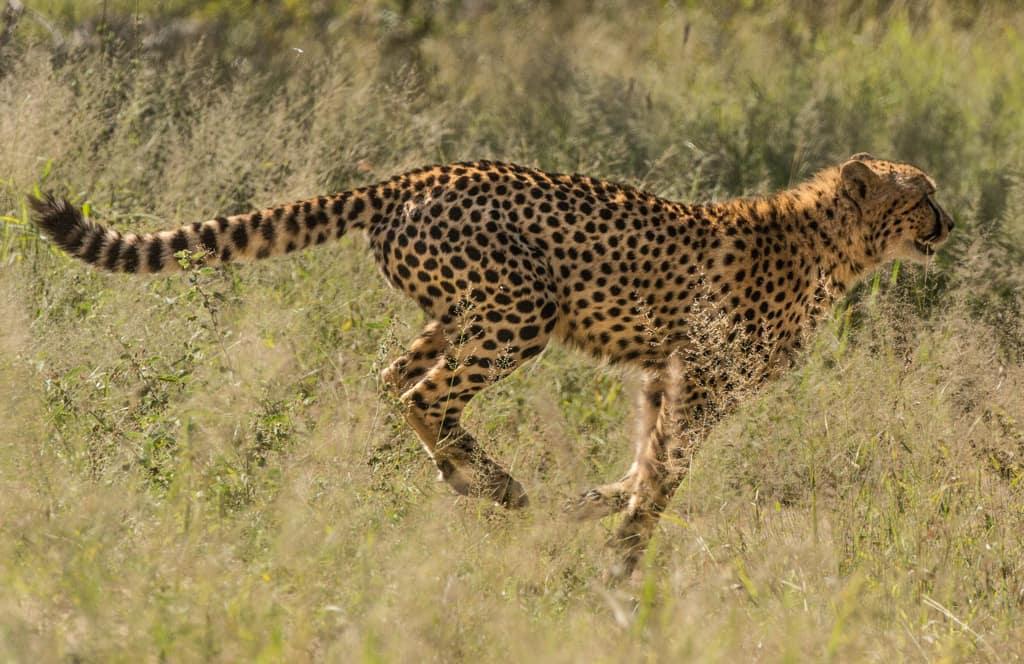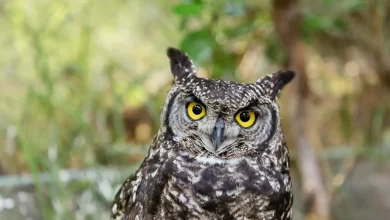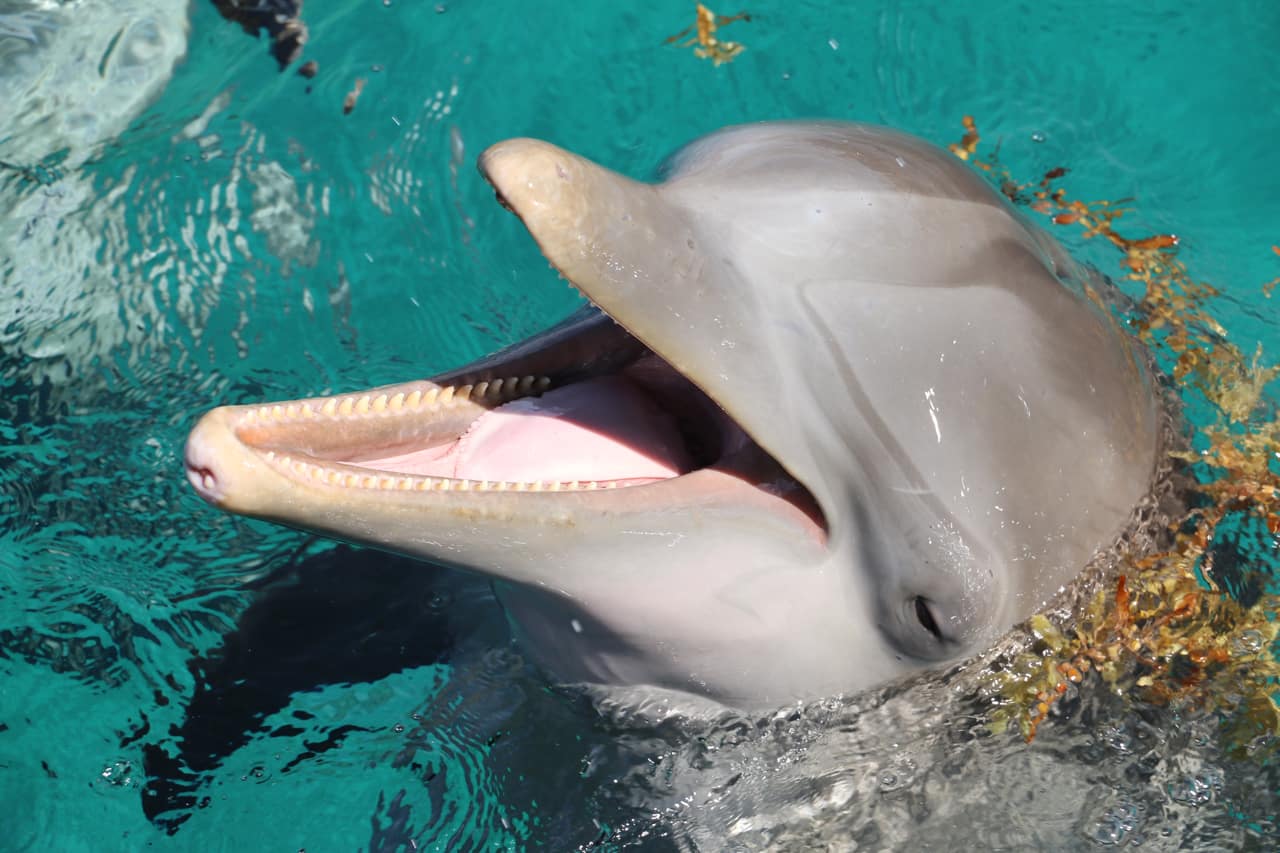Polar bears are large bears that live in the Arctic. It is also known as the white bear or the northern bear. They are strong and fast and can run at speeds of up to 25 miles (40 kilometers) per hour for a short distance. They are found mainly in Alaska, Canada, Russia, Greenland, and Norway. Take a look at these 40 fascinating polar bear facts that will astound you.
- The polar bears are considered to be the largest land predators on the planet. Adults polar bears can weigh around 400 to 600 Kg(880-1320 lb), can have a nose to tail length of 2.4-2.6 meter(7 ft 10 in–8 ft 6 in), and can have a height of over 8 ft.
- They are typical carnivore animals and mainly feed on ringed and bearded seals. Depending on the location, they also feed on harp, hooded seals, bowhead whales, and sometimes beluga whales and young walruses. All other bears are omnivores and feed on plants and animals.
- Polar bears can consume about 50-60 kilograms of meat at one time. They can eat blubber of 10 kg in 30 minutes. They mostly hunt a single seal in 2-16 days, even when it’s peak season and seals are abundant in number.
- It’s a rare case scenario when polar bears are seen in a group, but when it happens, the group of polar bears is called a celebration.
- Polar bears have a highly developed sense of smell which they use to find their prey. They can smell their prey on the ice 20 miles (32 km) away and can also smell a seal’s breathing hole from more than half a mile away.
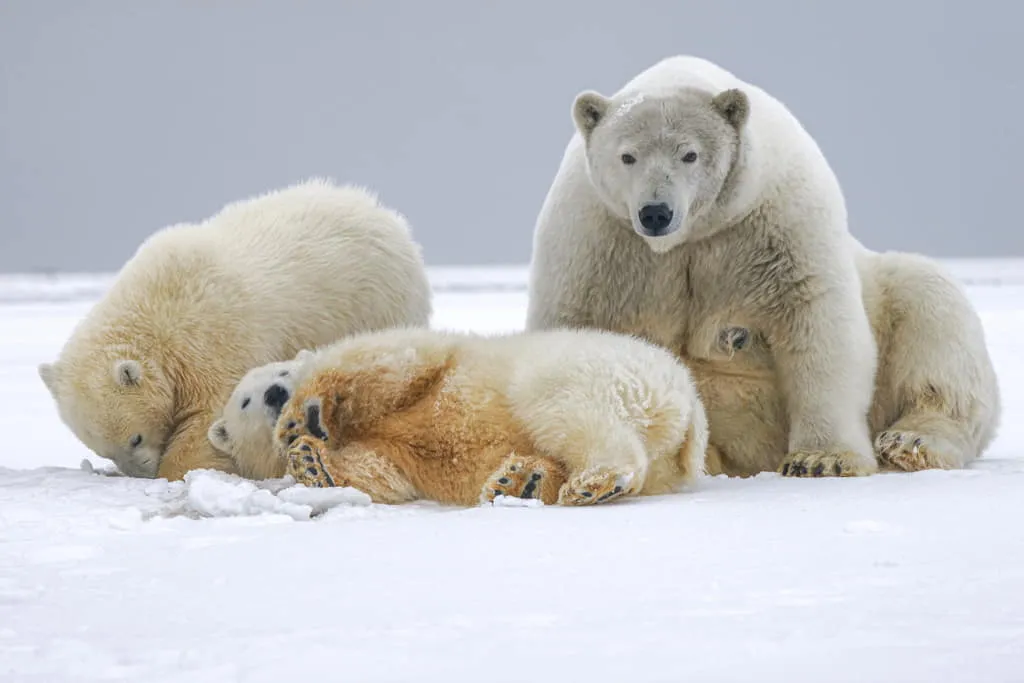
- The polar bears hibernate when food is scarce in winters, but not all polar bears hibernate; only pregnant females polar bears do.
- If a human eats a polar bear’s full liver at once, the human will die of an overdose of Vitamin A. According to RDA (Recommended dietary allowance), the daily Vitamin A in humans is 0.9mg, and you can get it by eating just 0.1 gram of polar bear liver.
- A newly born polar bear’s cub can not see or even hear. To start hearing and seeing things, a newly born cub takes approximately one month.
- Usually, polar bears look white, but in actual their fur is not white at all. Even their skin is black. Their fur is see-through, but it takes on white color because of its structure and surroundings. When you see the polar bear in the sun, the light bounces off, and they look white.
- The black skin underneath the fur helps polar bears to absorb heat from the sun.

Polar bear facts for kids - Besides having a bulky body, polar bears can reach speeds of up to 40 kph(25 mph) on land and around ten kph(6 mph) in water.
- The polar bears live in the arctic near the north pole. Whereas penguins live in Antarctica, which is in the south pole.
- Polar bear cubs are taught by their mother polar bears to freeze and stand still while the mother hunts. If the cubs move, the mother disciplines them and gives a hit on cubs head from their toes.
- It is rare that fat polar bears attack humans, but hungry polar bears have unpredictable behavior and can attack humans for feeding themselves.
- It’s a myth that all polar bears are left-handed. According to a study, they use both of their sides equally.
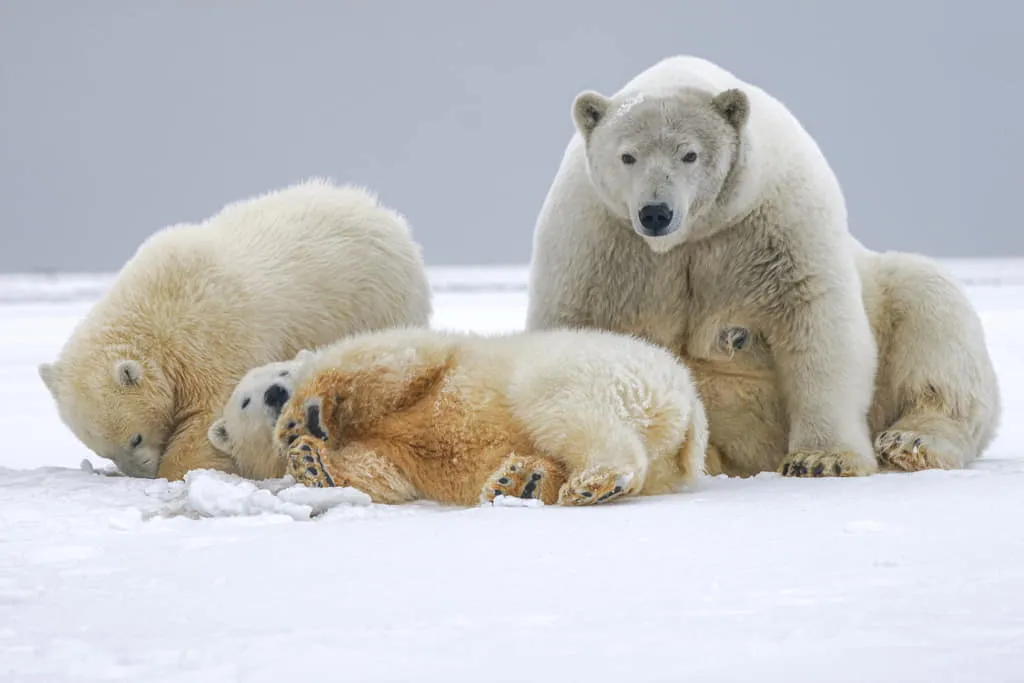
- Polar bears survive and keep themselves warm in such extreme cold temperatures with the help of 10 cm of blubber (fat) under their skin.
- According to a genetic analysis of polar bear fossils, the polar bears have evolved from the brown bears of Ireland, which originated about 150,000 years ago.
- In 1970 the Canadian authorities issued license plates in the Canadian Northwest Territories that were shaped like polar bears. The authorities did this because polar bears are the most common animal in the northwest territories.
- Residents of Churchill, Canada, leave their cars unlocked to offer an escape for pedestrians who might encounter Polar Bears.
- It is hard to estimate the total population of polar bears on earth. But, according to estimates of scientists, there are could be around 22 to 31,000 polar bears in the world.
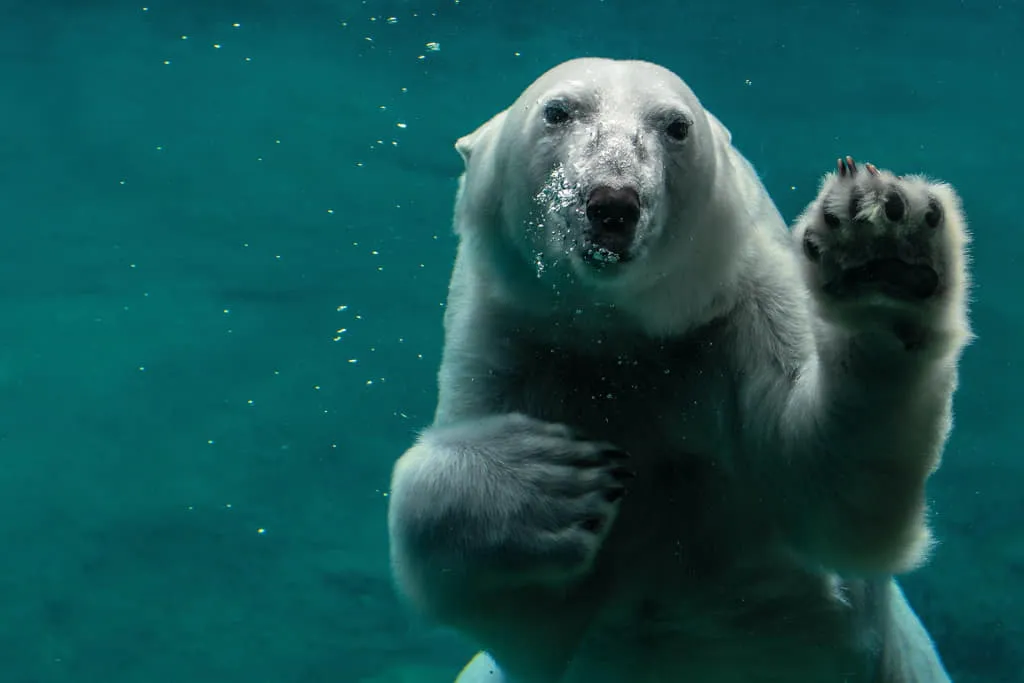
- Polar bears are strong swimmers; they swim across bays or wide leads without hesitation. They can swim underwater and can swim for several hours over long distances. They’ve been tracked swimming continuously for 100 km(62 miles).
- They cant be detected or seen by infrared cameras because of their transparent fur.
- If an antiseptic spray has been sprayed on a polar bear’s fur, the fur will get purple.
- If there is a battle between a lion and a polar bear, the polar bear would easily win the battle because of their weight and physical advantage.
- Polar bears are the only mammal with hair on their feet’ soles, which helps them survive and walk on snow.
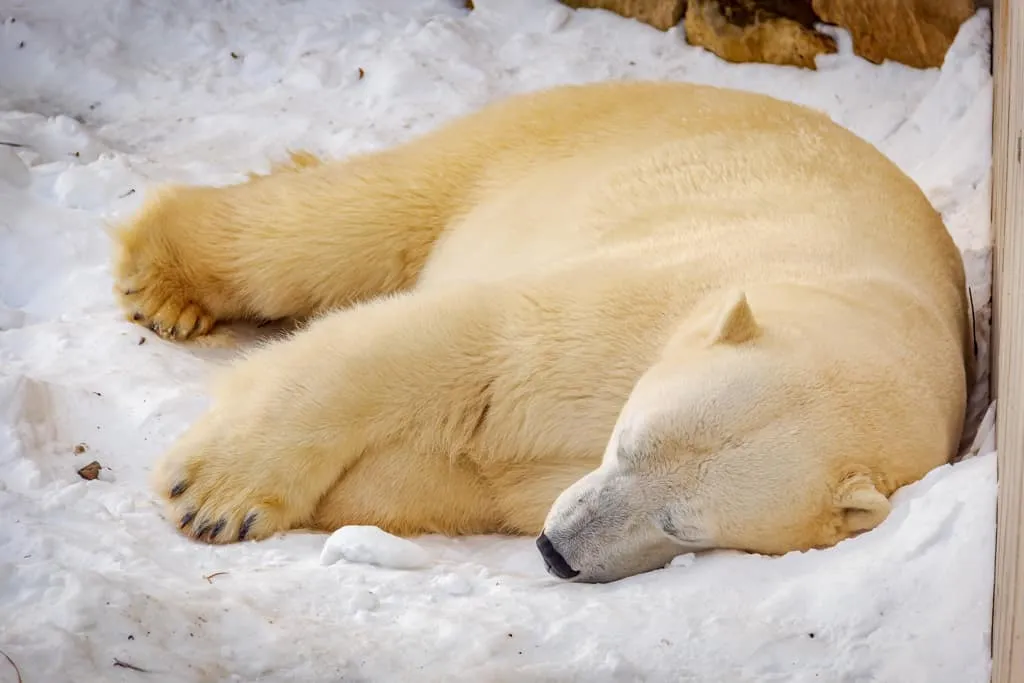
- Polar bears love to play and even play with other animals such as dogs.
- They have a pair of 2 inch sharp claws and a total of 42 teeth‘s.
- A well-fed polar bear’s blood has about ten times more omega-3 fatty acid than compared to a fasting bear. Studies with human volunteers have shown that omega-3 fatty acids in the diet reduce cholesterol in the bloodstream.
- In the past 30 years, there have been seven fatalities because of polar bears in Canada.
- The only threat or predator to polar bears is human beings.

- To hunt and surprise a seal, a polar bear can jump about 8 ft(2.4 m) long swimming out of the water.
- A polar bear has a big stomach and can hold about 68 Kg(150 lbs) of meat.
- Polar bears are the only species in the entire bear kingdom which is a marine mammal.
- Polar bears have a thick coat of colorless fur with about 9,677 hairs per square inch.
- Most bears are born without fur. Only polar bears and giant pandas are born with thin white fur.
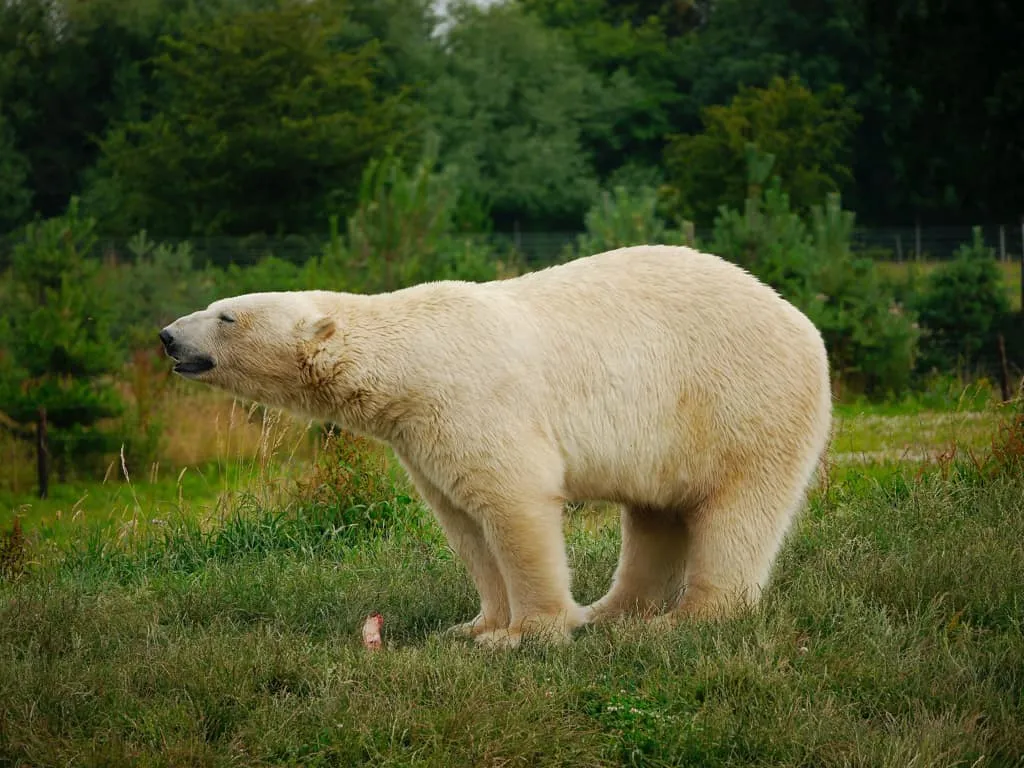
- Bears have non-retractable claws like dogs and unlike cats.
- Mostly all bears except polar bears and giant pandas are born without fur. Polar bears and giant pandas are born with a thin layer of white or colorless fur.
- Polar bears have the largest home ranges compared to any other bear species. They can hunt and survive in areas as big as a small country.
- Polar bears have a good hearing sense and a bit wider range as compared to humans. They can hear in the air with frequencies of up to 25 kHz.
- There are about 20,000 to 25,000 polar bears left in the wild worldwide.
